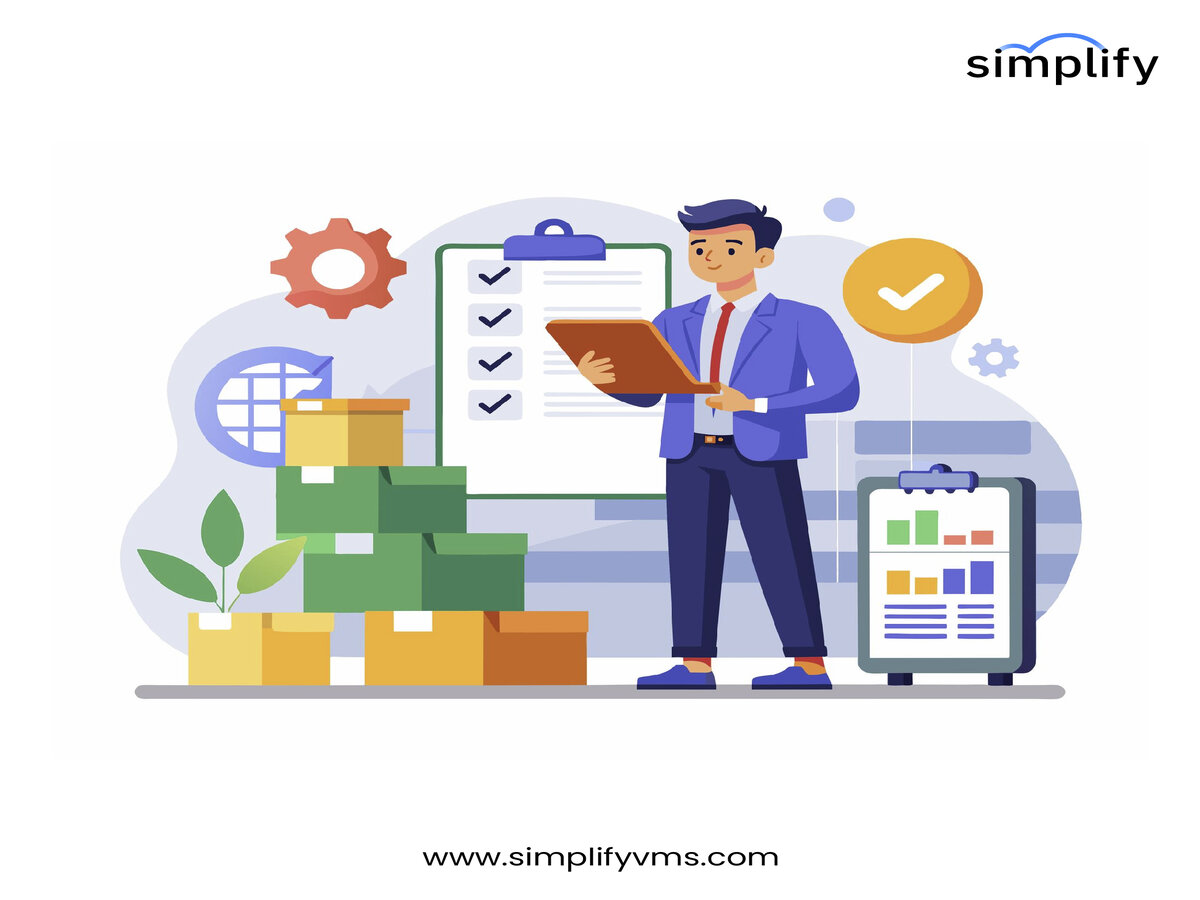
In today’s fast-paced digital landscape, businesses increasingly rely on a myriad of vendors for various services and products, particularly in the realm of IT. As organizations grow, so does their dependency on these external partners, making effective IT vendor management and vendor risk management critical components of operational success. Furthermore, the rise of direct sourcing recruitment has introduced new dynamics into vendor management, making it essential for companies to rethink their strategies. In this blog, we will explore the intricacies of IT vendor management, the importance of vendor risk management, and how these elements intersect with direct sourcing recruitment.
Understanding IT Vendor Management
IT vendor management involves overseeing relationships with third-party providers of technology services and products. This includes software, hardware, cloud services, and IT consultancy. Proper IT vendor management ensures that organizations maximize the value derived from their vendors while minimizing potential risks. Key components of effective IT vendor management include:
- Vendor Selection: Choosing the right vendors involves assessing their capabilities, reputation, financial stability, and alignment with your organization’s goals. A thorough evaluation process can prevent future headaches.
- Contract Negotiation: Establishing clear terms in contracts is vital. This includes defining service level agreements (SLAs), pricing, and deliverables to ensure that both parties understand their responsibilities.
- Performance Monitoring: Regularly assessing vendor performance against agreed-upon metrics helps maintain service quality. This can involve periodic reviews, feedback sessions, and performance scorecards.
- Relationship Management: Building strong relationships with vendors can lead to better communication, quicker issue resolution, and more favorable terms in future negotiations. Open lines of communication are essential.
- Compliance and Governance: Ensuring that vendors adhere to industry regulations and your company’s policies protects your organization from potential legal and financial penalties.
The Role of Vendor Risk Management
As organizations deepen their reliance on IT vendors, the importance of vendor risk management becomes increasingly clear. Vendor risk management focuses on identifying, assessing, and mitigating risks associated with third-party relationships. These risks can include data breaches, service disruptions, financial instability, and regulatory non-compliance.
Key Steps in Vendor Risk Management
- Risk Assessment: This involves evaluating the potential risks posed by each vendor based on their access to sensitive data, the criticality of their services, and their financial health. Organizations often use frameworks such as the NIST Cybersecurity Framework to guide their assessments.
- Due Diligence: Conducting thorough due diligence before entering into a relationship with a vendor is essential. This can include reviewing their security protocols, financial statements, and reputation in the industry.
- Ongoing Monitoring: Vendor risks are not static; they evolve over time. Continuous monitoring of vendor performance and risk profiles is necessary to identify emerging threats. This can involve regular audits and assessments.
- Incident Response Planning: Preparing for potential vendor-related incidents ensures that organizations can respond swiftly to disruptions. This includes developing communication strategies and contingency plans.
- Training and Awareness: Educating employees about vendor risks and how to manage them is critical. A well-informed workforce is better equipped to spot potential issues early on.
Direct Sourcing Recruitment: A New Paradigm
Direct sourcing recruitment is an innovative approach to acquiring talent directly from the market, often leveraging technology and social media to find candidates. This strategy allows organizations to streamline the recruitment process and reduce reliance on traditional staffing agencies. As companies adopt direct sourcing, the intersection with IT vendor management and vendor risk management becomes increasingly relevant.
Benefits of Direct Sourcing Recruitment
- Cost Efficiency: By reducing reliance on third-party recruitment agencies, organizations can significantly lower hiring costs. This allows for better allocation of resources.
- Faster Time-to-Hire: Direct sourcing enables companies to identify and engage potential candidates more quickly, resulting in faster hires.
- Improved Quality of Hire: Direct engagement with candidates often leads to a better understanding of their skills and cultural fit, improving overall hiring quality.
- Enhanced Employer Branding: Building a strong direct sourcing strategy can enhance a company’s employer brand, making it more attractive to top talent.
The Intersection of Vendor Management and Direct Sourcing
As organizations embrace direct sourcing recruitment, the role of IT vendors and vendor risk management becomes increasingly pertinent. Here’s how they intersect:
- Technology Solutions: Many companies are turning to technology solutions for direct sourcing, such as applicant tracking systems (ATS) and candidate relationship management (CRM) platforms. Managing relationships with these technology vendors is crucial to ensure that the tools are effective and secure.
- Data Privacy: Direct sourcing often involves collecting and processing personal data from candidates. Proper vendor risk management ensures that the technology vendors handling this data comply with regulations like GDPR or CCPA, minimizing the risk of data breaches.
- Integration and Performance: As organizations use multiple technology vendors to support direct sourcing, effective IT vendor management becomes vital to ensure seamless integration and optimal performance of these tools.
- Training and Development: Vendors providing recruitment technology may offer training for HR teams. Ensuring these vendors deliver quality training can significantly impact the success of direct sourcing efforts.
Conclusion
In the contemporary business environment, IT vendor management and vendor risk management are indispensable, particularly as organizations navigate the complexities of direct sourcing recruitment. By focusing on robust vendor management practices and understanding the associated risks, companies can ensure they maximize the value derived from their vendor relationships while minimizing potential pitfalls. As the landscape continues to evolve, organizations must remain agile, adopting new strategies to thrive in an increasingly competitive marketplace.
All You Need to Know About Vendor Relationship Management
How to Elevate Your Contingent Workforce Solutions in your Organization?





